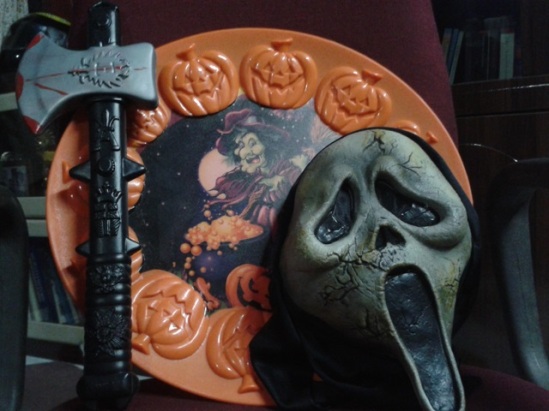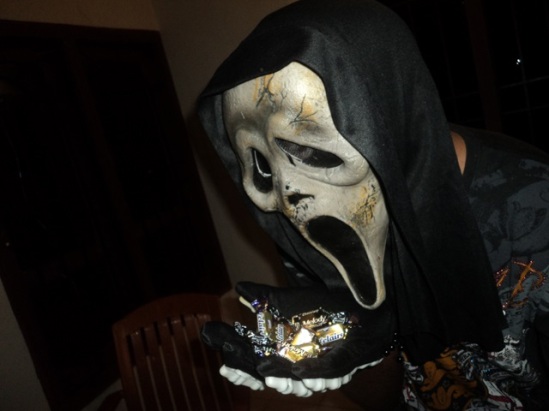@Ringway, Greater Manchester, England.

There are a few moments when one can’t be sure what he wants to share. Sometimes it is just a fragment of a memory, and there are times when it contains a photo which is a significant captured moment; what both of these successfully accomplish is the creation of a reflection which brings back the past from the grave, and create a moment of joy in a world in which there is nothing much to be happy about; for the present moments of the lack of happiness needs these drops of awesomeness which were incredibly effective even if short-lived. As one shall never trust the future by himself, the long lost joys are to be brought back through writings, and this short writing shall bring my mind of sorrow and fruitlessness to that little past, which was a twin delight, both in an intellectual as well as spiritual manner. There shall be no prizes in guessing the destination, and there can be nothing for those who can guess the weather conditions at that moment of the beginning of happiness. What one can be assured of, is the absence of the elements of inferno and purgatorio, as well as the creepy, disturbing elements who suck up the happiness and the beauty of eternity out of us, in a beautiful world declared round by a few. But I shall make no promises, as these are the ages of the unfaithful, when the promises are expected to broken and thrown down the Empire State Building or the Petronas Towers.
It was a dark day when I arrived at the Manchester Airport, the third busiest airport in the United Kingdom after London Heathrow and London Gatwick, as well as the twenty first busiest airport in Europem supposed to have dealt with around seventeen million passengers during the year which I travelled there, and has been on the increase – seems like the total number of passengers had been on the decrease until I set my foot there, and the statistics started getting better; forgive that package of nonsense, even as the facts seem to notice that lesser number of passengers, and the reason should be something I shall never know. I had to face strange question on my arrival about the possibility of me not going back to India, but I would let a crocodile eat my bundle of surprise which evaded me, for may be I looked like a man who shall never leave the land of English literature. Manchester Airport is still the largest outside the London region, a thing which I didn’t know at that time, and that was something which could have made me happier when I set my little finger on the ground. The airport can claim more than double the passenger compared to its next non-London counterpart, and the busiest outside South East England, another fact which evaded me at that time. Well, I was surely not prepared for facts at that time, on my first visit outside Asia, which was triggered more by sudden cancelling of a trip to Jerusalem, just like that visit to Singapore and Malaysia due to a failed trip to the United States.
The trip was supposed to start and end at Ringway, but it had to take a turn and end at London, Heathrow to be exact. But what came between didn’t change at all. From the beginning, it was a dark day as I said before, still not a day of the vampires even if I was not in any way less interested in them as I am now – it was a cloudy day and quite cold with rain waiting for that particular signal from the non-existent Thor or Zeus. By the time, the thirteenth step was taken outside the airport, the rain had started its procedure of welcoming someone who was new to that landmass – island to be exact. Well, isn’t the rain the same everywhere? I wouldn’t agree more, but with the background and the environment of awesome glory which surrounded my world of a thousand fairy tales, that was quite a varied thing. With an incredibly cooler atmosphere compared to what I had experienced before in a natural environment, the arrival of rain was something special at that time. It made that impact which nothing else could have done – for that was an initiation into a new world, as if all the figures of literature had made a decision to come together and affect the climate in such a way as to give a new experience of taking me in. There would be questions if I could do complete justice to them as an English literature student, and that is a question which would have no single, perfect, righteous answer that is undisputed.
Consider the photo posted with this blog; it is a photo which I thought I would never be able to click again – something which is proved right so far, but it is not a sight which I wouldn’t be completely deprived of. Well, the double-decker bus did come to Cochin and so did the dark clouds at the right moment with divinity creeping out from the inside – but never was such a photo clicked again, as the right moment never arrived here. But on the way to Leeds from Ringway, that moment did arrive. What is to be noticed is that the whole journey was full of such wonderful moments, some of them clearly taken into both heart and the brain as well as into the camera with both hands, and some of them missed and thought about for a long time keeping that imagery in the mind as if they were part of the soul. The photo is the symbol of whatever was gained and all that was missed during that wonderful journey through the land of literature and history; no surely not of the land of modernity, as I had clearly avoided those modern elements which made zero impact on my world. I would still make a long list of the things I missed and grieve over them, as I could have achieved near-perfection during that journey, but I didn’t. But, never in the history of my journeys was that journey a failure, for it had done a lot for my soul, just like that trip to Ceylon, for you learn when you travel, and by travelling to the Jerusalem or Rome of English Literature, what can a student of the same do, but be enlightened?
The route of the journey was from Ringway, to Leeds, then to Wakefield, York, Manchester, Liverpool, Preston, Bradford, Castleford, Walsingham, Carlisle, Lake District etc followed by Caterbury, Rochester, Dover and London. The Northern journey included Kirkpatrick-Fleming, Glasgow, Edinburgh etc. The journey was clearly unplanned and without a clear tour map in mind or hand for the whole month. There were smaller trips being made, from here to there and from somewhere to the middle of nowhere, but all that could be made with the help of google maps and GPS was done. The best achievement of the trip was surely the visit to the Mecca of English Literature (just what I consider to be so) The Cantebury Cathedral – for that work of Geoffrey Chaucer, our own literary hero. But what interested me more was the Yorkminster Cathedral, as my favourite structure of that journey. The third in the list is the Liverpool Cathedral, these three making the triology of wonder complete. If one has to talk beyond the man-made structures, the Lake District created such a world of magnificience beyond doubt, and so did every journey through those areas outside the city – for the villages were truly what those poets talked about, for they followed the Lakes. Never did I think that I would agree to what William Wordsworth and Robert Frost had written; there were times when I thought they lied; but after the journey, I am sure that there can be no men who are more honest.
In Scotland, the Scott Monument caught my attention quicker than anything else. But I am not impressed by anything more than how much I was influenced by the Glasgow Necropolis; a place where one can’t stop oneself from desiring to be buried right there. The Glasgow Cathedral is smaller, but still glorious, and the same can be said about the Edinburgh Cathedral. The latter is surrounded by such beautiful structures of which I find myself out of words to speak, may be due to a failed memory which can’t cash into that moment of glory. Back to the South, the city of Carlisle was a moment of its own. The cities of London, Canterbury and York kept me in the world of awesomeness throughout. Leeds was special, and talking about each city fills me with a desire to go back there and finish what I had started at that time. I am more prepared and the idea which was introduced into my mind during that visit has grown up and has become a huge tree right now, and there is a plan which has come put of nowhere. There shall be a clear picture of what I am to visit the next time, all of those destinations clearly related to both literature and history. When I am back, I shall be stronger in intellect, and with a perfect idea with which to navigate through a world which I have already explored with books of history, fiction and cultural studies, and my path to take can be never more clear in both reason and faith.
Diving out —>
TeNy












